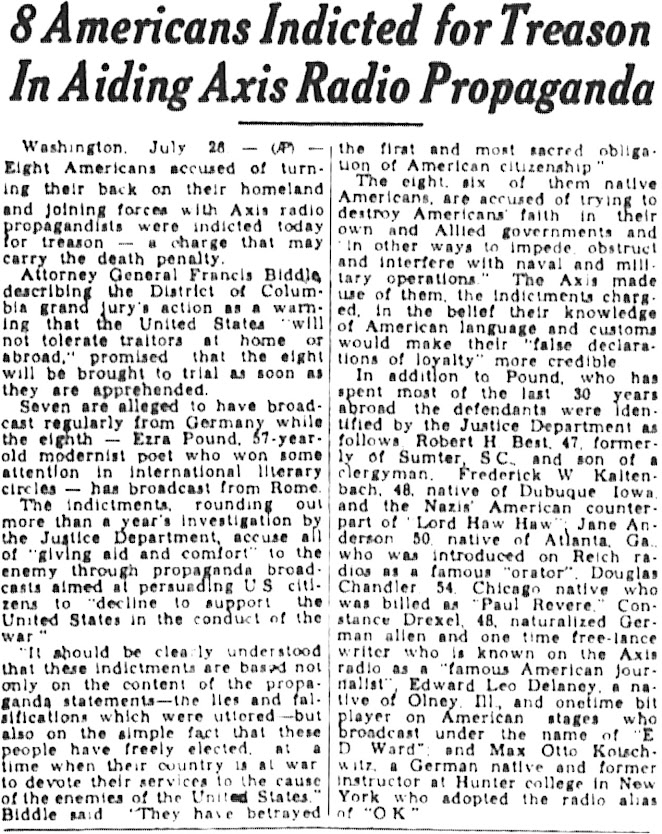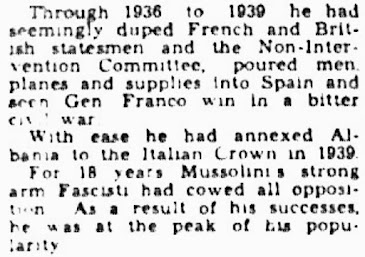The Canadian Army is Working Hard in Central Sicily
The Canadian Navy is Buying More Depth Charges
"That baby cost us 90 bucks!! Sure hope it hits that sub we spotted!!"
Introduction:While the Canadian Army was spearheading a push beyond Enna, a central and significant transportation hub in Sicily, Canadian sailors (members of RCNVR and Combined Operations) were into their third week - eventually four, July 10 - August 7, 1943 - of ferrying all materials of war from "ship to shore" (from Allied supply ships to beachheads near Gallina and Fontane Bianche via LCMs (landing craft mechanised), between Avola and Syracuse, in support of Montgomery's Eighth Army.
Map of Sicily - Combined Operations by Londoner Clayton Marks
In the news clips that follow readers will find a good amount of detail concerning the progress of Allied troops in Sicily, e.g., near Enna. And there will be one photo of a Canadian sailor, part of a fundraising campaign to purchase more ammo!
It's true. You actually do learn something new every day : )
Questions or concerns about any of the material presented below from The Montreal Gazette can be sent to Gord H. at gordh7700@gmail.com
Extra! Extra! Read all about it:
A significant photo follows, but as has been the case with most photos from microfilm, it is not in the best condition. That being said, better shots can be found at other sources...
Caption - Personalities: The Commander of the 1st Canadian Division,
Major General G. G. Simonds, wading ashore from a landing craft.
The 'ring is tightened' by Canadian, British and American troops in various locations in Sicily. A detail report follows:
Allied air forces are also making their presence felt on various war fronts. Hamburg is again mentioned:
Click here to read about the Canadian Spitfire pilot from the Chatham/Blenheim area (west of London, ONT.) whose report about the invasion of Italy (near Salerno in early September) was
the first to make it back to Canada.
Photo Credit - C. Vasicek, younger brother of FO. J. A. Vasicek, RCAF
Used with permission
REICH CENTRES ARE HAMMERED continues:
A regular summary from 'War News Digest' - of actions at various war fronts - is shared below:
Ross Munro and other productive Canadian war correspondents also offer regular summaries of actions in Sicily. Below Mr. Munro offers "an eagle-nest view of (Saturday's) fighting from atop towering cliffs." (Bring your sturdiest hiking boots, I say):
Maj. Gen. Guy Simonds "watched the battle through field glasses,
(and) directed the action from a lookout." See below)
Canadians Drive Towards Etna concludes:
Help Wanted: If you have a photograph of Ross Munro on a mule, please let me know!
"Munro Not on a Mule"
"Munro, But Still Not on a Mule"
"Ross Munro on a Jeep"
The
Canadian Army Film and Photographic Unit (CAFU) took 1000s of stills during WWII, and readers are free to search the many albums that are available for perusal. The original version of the above photo has been shared here to reveal the quality of pictures copied from the digital albums. The best quality is found at Library and Archives Canada but I have been unable to regularly collect copies from that source as of yet.
Finally, some photographs with mules. However, I do not see Ross Munro on any of them. Better luck next time, I say.
Mules were plentiful in Sicily, and very useful not only to Sicilians.
No caption available, but the driver and back seat driver look the
same as in photo above (w Munro hidden from view)
Original Caption: Mules used by the Edmonton Regiment to transport
supplies through mountainous terrain. CAFU Album 62, 22710
Munro on a Mule article continues:
"Finiti Benito":
Citizens overpainting and scraping off signs to the Duce on the walls of
Downfall of 'Finito' Mussolini continues:
Citizens of battered Sicilian towns and villages welcomed Canadians as vehicles passed through narrow streets:
Album 61, No. 22207
Canadian Film and Photo Unit. Album 62 (22297 - 22299)
More bad news for 'Finito' Mussolini:
A few details about the worst of bad news from Europe:
So, under the heading of "Good News," Canadian sailors contributed to the purchase of depth charges. This is the first time I have read anything about this matter:
Below are two posters related to the appeal made for money to go towards buying depth charges:
And on the other side of the North American border:
IL DUCE - the beginning of the end:
As I was searching for supportive photos and links I came across the following painting re Halifax, home of the Navy training camp HMCS Stadacona. It was in Halifax that the first draft of Canadian sailors, incl. my father and close mates, volunteered for Combined Operations. The dock below was behind a large, well-known hotel (The Westin?) and it was here the first and second drafts to Comb. Ops boarded the SS Volendam in order to ship out to Scotland:
Halifax – The Spring Board by John Horton, in which the flurry of
dockyard activity during the Second World War is clearly evident.
Please click here to view
Research: Three Months in the Mediterranean, 1943 (18)More news clips soon to follow.
Unattributed Photos GH





.jpeg)




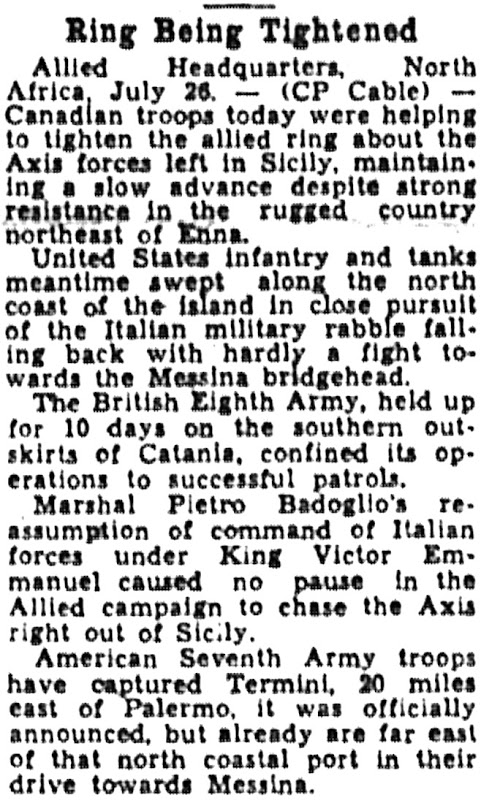


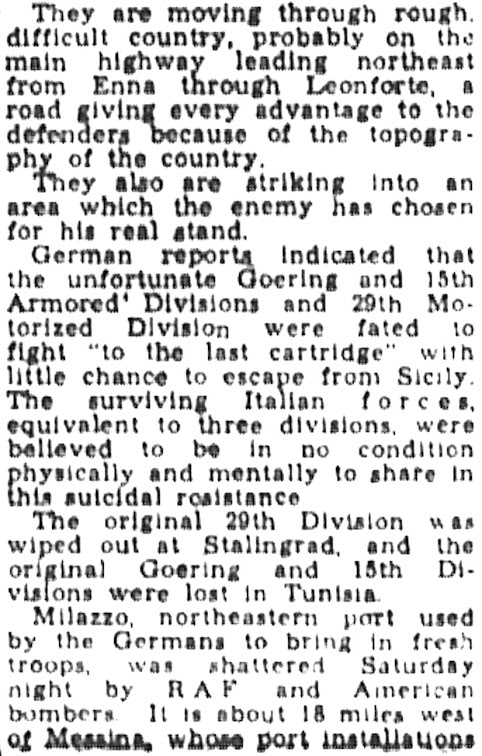

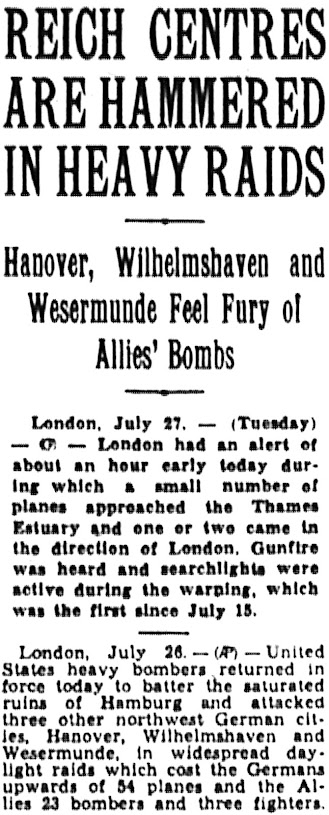



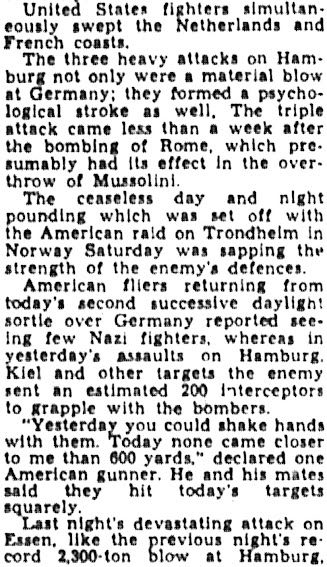








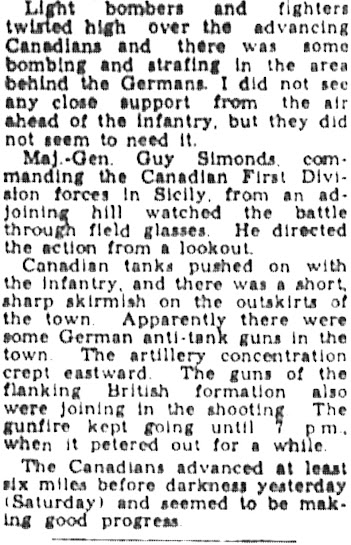






.jpeg)
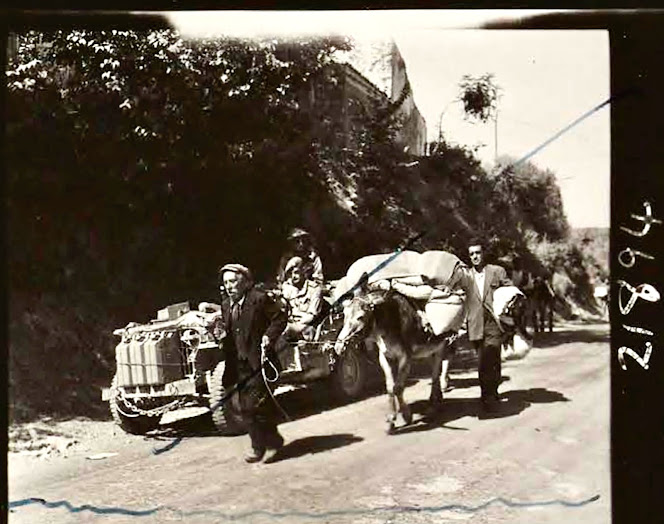
.jpeg)























